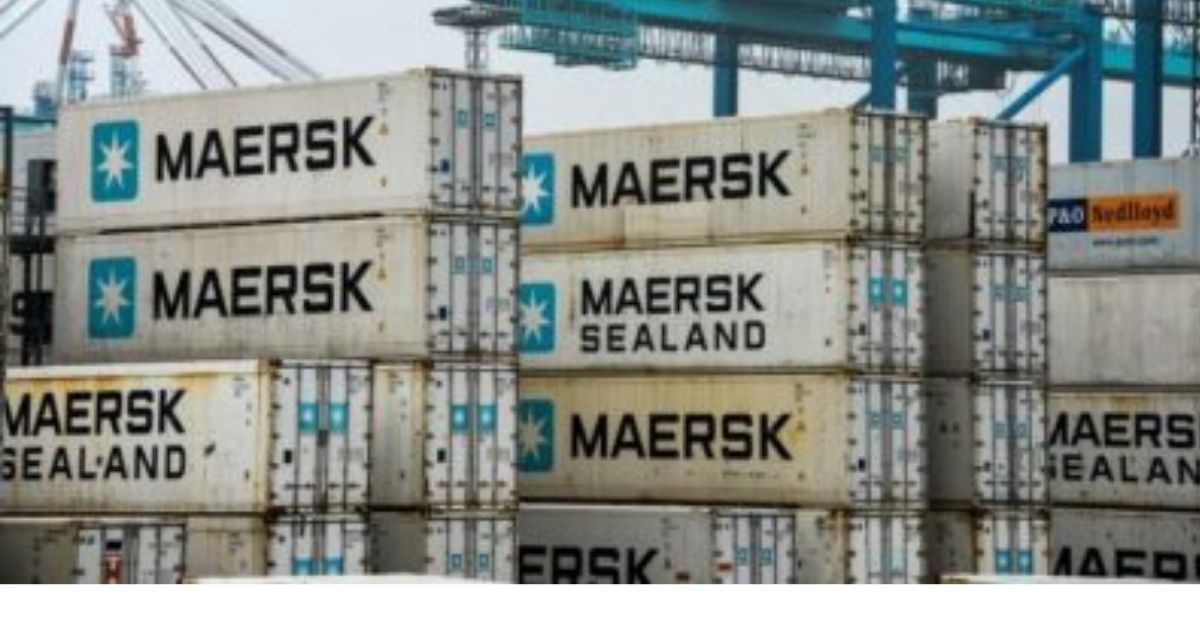
Managing Director Maersk South Asia
After two years of the lockdown, mango farmers in Maharashtra had much to rejoice, as their produce successfully reached US shores this summer. The consignment that had the involvement of government bodies such as the Maharashtra State Agricultural Marketing Board (MSAMB), Agricultural and Processed Food Products Export Development Authority (APEDA) and Bhabha Atomic Research Centre (BARC) marked the first successful shipment of mangoes to the US via sea. A highly perishable commodity, mangoes from India have sporadically found their way to the US only via air. This shipment – where 16,560 kg of mangoes left the Jawaharlal Nehru Port Trust (JNPT) and safely made the 27-day journey to reach Newark port in excellent condition – was not only historic but a much-needed inflection point in the export of fresh fruits and vegetables from India.
Addressing gaps to realize the true potential of India’s agri exports
As one of the world’s largest producers of agricultural and food products, India occupies a leading position in global trade of marine products, basmati rice, buffalo meat, spices, non-basmati rice, cotton raw, oil meals, sugar, castor oil and tea. Yet, its total agri-export basket accounts for a little over 2.5 per cent of world agri-trade. This points to a glaring gap in realizing the true export potential of India’s agrarian economy. After all, did you know that India ranks second in the production of fresh fruits and vegetables, after China. And amongst fruits, the country ranks first in the production of bananas (26.29%), papayas (43.26%) and mangoes (45.14%).
A study mandated by APEDA some years ago revealed many challenges in the country’s agri exports and supply chain, especially in the case of fresh fruits and vegetables. This included an inefficient and unorganized backward integration model with our farmers that resulted in quality and longevity issues of the produce, not to mention the stricter norms enforced by importing nations with respect to production standards/traceability to farm etc.
On the logistics front, research body, CRISIL has pointed out to challenges across the value chain – from farm to port to final shipment. While shortage of reefer vans and unavailability of reefer plugs at the port are issues at the primary level, even at sea, maintenance of the optimal temperature and quality deterioration are huge obstacles. It is in this background that the recent effort of MSAMB in transporting mangoes via sea needs to be recognized.
Innovation that opens a new world of opportunity
The full load of nearly 17 metric tons was divided into 5-6 lots, factoring in the MSAMB facility’s capacity to irradiate the fruit. Irradiation is a common technology that uses ionizing radiation to sterilize fresh produce or food. By reducing or eliminating microorganisms and insects, one can improve the safety and extend the shelf life of foods. The mango fruit was harvested accordingly, arriving at MSAMB at 8–12-hour interval gaps. On arrival, the fruit was put through a 52° celsius sodium hypocholride solution treatment for three minutes – a special chemical solution developed by BARC, and then irradiated. It was then precooled at 8° celsius and stored in cold storage. Finally, the mangoes were loaded in a StarCool CA container set at 10° Celsius, 4% oxygen and 6% CO2 with two ethylene filters and three probes to monitor the cargo. Thanks to Maersk’s specialized reefer visibility digital assistant, Captain Peter, the exporter was kept abreast of the condition of the cargo throughout the journey. The final proof was the perfect condition of the mangoes after almost a month at sea – the longest transit time ever successfully achieved for mangoes from India via the sea route. Shipments of mangoes from India by sea have gone as far as the UK, Netherlands, even New Zealand but never the US. Opting for sea versus air is more economical because air cargo rates are ten times higher than sea. But the longer journey via sea has deterred many an exporter in the past, especially in the case of perishable commodities such as mangoes. With the re-opening of air travel after almost two years, air freight rates had reached an unimaginable high, with the charge from Mumbai to US jumping from INR 220/kg to INR 550/kg. The high cost of transportation coupled with the unavailability of cargo space in aircraft set the background to this summer’s successful US consignment by sea. It also unequivocally put the spotlight on how reefer exports can be fully leveraged to improve the fortunes of our farmers in the country.
Growing from strength to strength
Indeed, our farmers should be the focal point as we look to increase India’s share in global agri trade. Considerable work is underway in this area via farmer connect portals and even clusters spouting up across the country. As a result of the sustained efforts of the Department of Commerce and bodies such as APEDA, activation of clusters such as the Varanasi cluster for fresh vegetables, Nagpur cluster for oranges and Krishna and Chitoor clusters in Andhra Pradesh for mangoes, have solved transportation/logistics issues of these land-locked production areas. Exports took place from many clusters like these for the first time, with produce finding their way from farms to supermarkets in the Middle East and even South Korea. This was a major contributing factor to India’s unprecedented growth in exports in 2020-21. 4 When it comes to exports of perishable commodities, upgrade of the current cold storage facilities in the country is the need of the hour.
According to CRISIL Research, the Indian cold storage chain market can log a compound annual growth rate of 13-15 per cent over fiscals 2019-2023, mainly driven by rising demand for processed food, fresh fruits & vegetables, seafood and biopharmaceuticals in export markets. This coupled with technology that enables fruits and vegetables to remain fresh after a 20+ day journey at sea, may just be the necessary fillip our farmers need to access newer, more distant markets.







